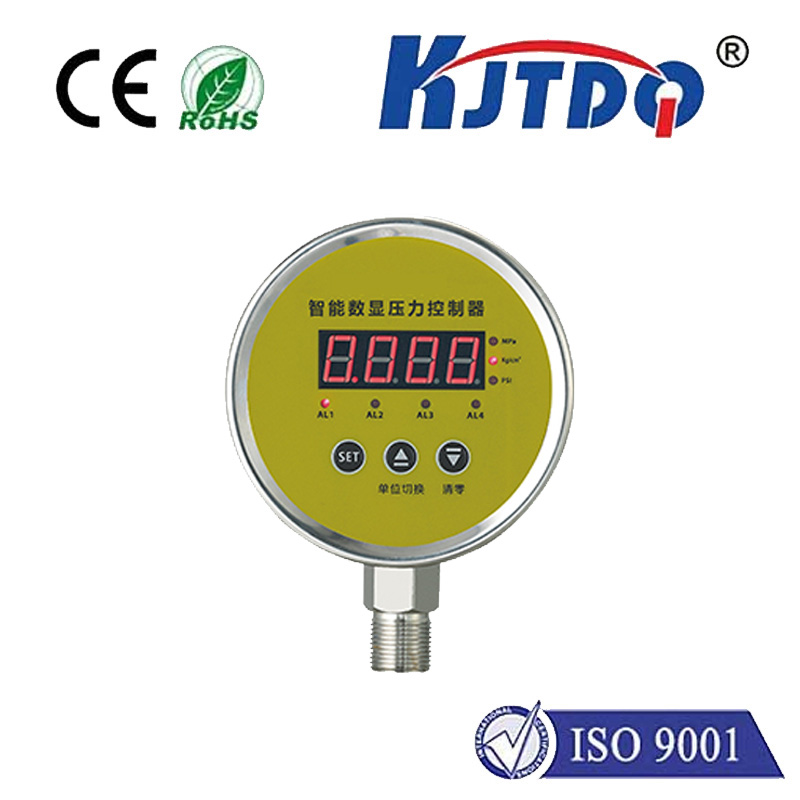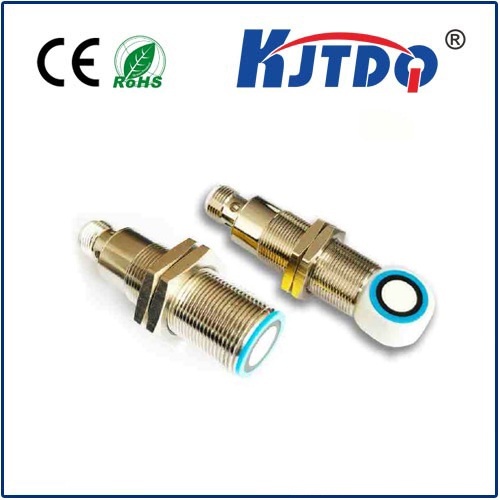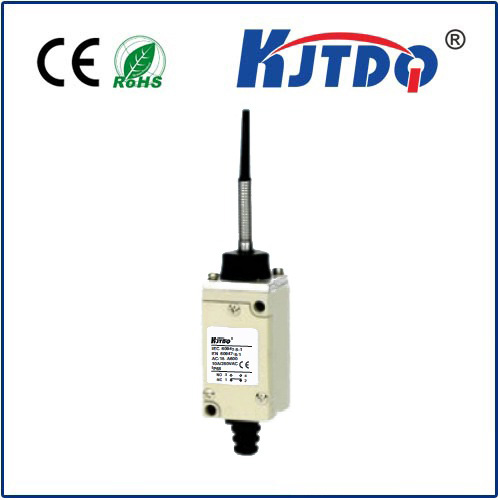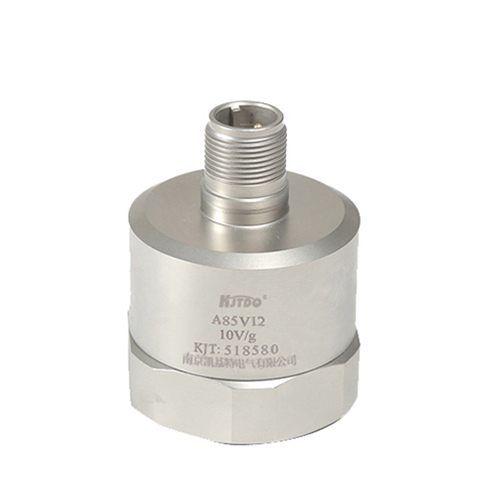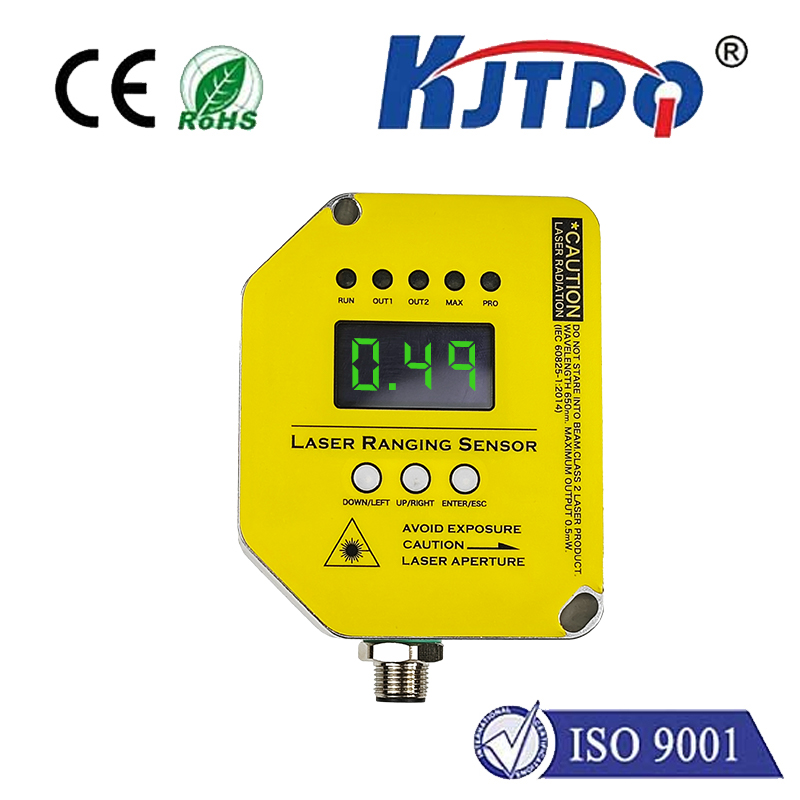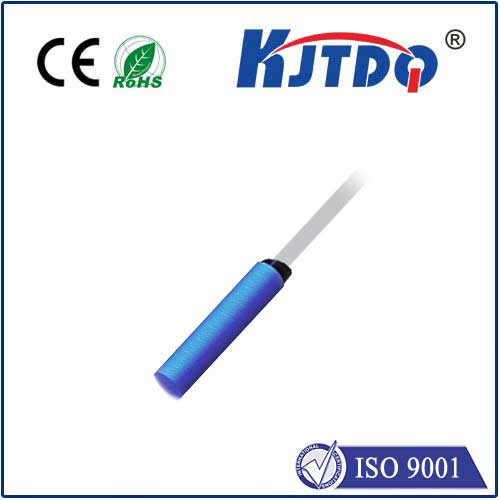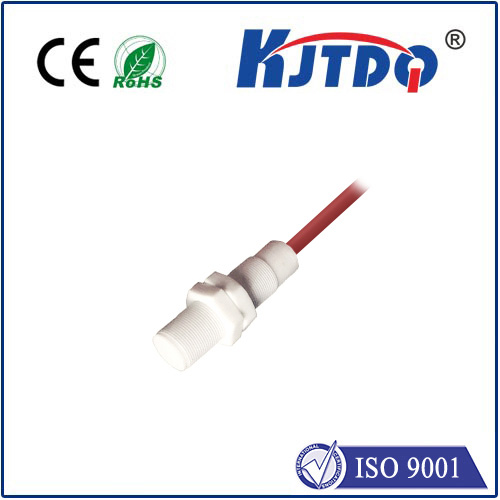E2E-X2ME1-M3-Z proximity sensor
- time:2025-09-23 01:59:47
- Click:0
Unlocking Precision Detection: The Essential Guide to Omron’s E2E-X2ME1-M3-Z Proximity Sensor
Imagine a complex assembly line humming with robotic arms, each movement choreographed with millisecond precision. One tiny misstep, one undetected component, could cascade into costly downtime and scrap. At the heart of preventing such chaos often lies a seemingly simple hero: the proximity sensor. And in the demanding world of industrial automation, few sensors embody reliability and compact precision like Omron’s E2E-X2ME1-M3-Z inductive proximity sensor.
This unassuming device isn’t just another component; it’s a critical enabler of efficiency, safety, and consistent quality. Designed for rigorous applications, the E2E-X2ME1-M3-Z offers
We are writing a technical SEO article about a specific proximity sensor model. The plan includes:
- Start with a strong hook about industrial automation challenges
- Decode the model number to explain key features
- Detail core benefits: compact size, 2mm sensing, zinc housing, shielded design
- Discuss advantages of M3 threading
- Emphasize reliability through zinc housing
- Explain shielded vs. unshielded design
- Cover electrical specs: NPN NO configuration
- Present operating characteristics
- Highlight key applications
- Compare with other models
- Provide technical data table
- Conclude with value proposition
Unlocking Precision Detection: The Essential Guide to Omron’s E2E-X2ME1-M3-Z Proximity Sensor
Imagine a complex assembly line humming with robotic arms, each movement choreographed with millisecond precision. One tiny misstep, one undetected component, could cascade into costly downtime and scrap. At the heart of preventing such chaos often lies a seemingly simple hero: the proximity sensor. And in the demanding world of industrial automation, few sensors embody reliability and compact precision like Omron’s E2E-X2ME1-M3-Z inductive proximity sensor.
This unassuming device isn’t just another component; it’s a critical enabler of efficiency, safety, and consistent quality. Designed for rigorous applications, the E2E-X2ME1-M3-Z offers a powerful blend of features tailored for environments where space is tight, conditions are tough, and detection needs to be flawless.

Decoding the Model: What E2E-X2ME1-M3-Z Reveals
Omron’s model nomenclature is essentially a blueprint for the sensor’s capabilities. Breaking down E2E-X2ME1-M3-Z provides instant insight:
- E2E-X: Identifies it within Omron’s extensive range of cylindrical inductive proximity sensors.
- 2M: Signifies the compact size – specifically, an M5 thread diameter barrel. This miniature footprint is crucial for installations where real estate is severely limited.
- E1: Indicates a standard sensing distance of 2mm. This reliable detection range is ideal for precisely confirming the presence or position of metallic targets.
- M3: Specifies the thread size (M3) used for mounting the sensor. This fine thread is particularly suited for delicate mechanisms or very small mounting spaces.
- Z: Denotes the housing material as Zinc Alloy (die-cast zinc). This choice delivers excellent corrosion resistance and mechanical durability, making the sensor robust enough for demanding industrial settings.
- (Implied): As a shielded (flush-mountable) inductive sensor, it can be installed embedded in metal without losing sensing capability, offering greater design flexibility. It also features a Normally Open (NO) contact configuration and an NPN output transistor, common standards for interfacing with Programmable Logic Controllers (PLCs).
Why the E2E-X2ME1-M3-Z Stands Out in Industrial Applications
The combination of features packed into this tiny sensor translates into tangible advantages:
- Unmatched Miniaturization: The M5 barrel size and M3 thread make this one of Omron’s smallest offerings. Installing the E2E-X2ME1-M3-Z proximity sensor is feasible in locations where larger sensors simply cannot fit – inside small machinery, on compact robotic end-effectors, or within densely packed control panels.
- Precision Detection: While compact, it doesn’t sacrifice performance. The 2mm sensing distance (Sn) is consistent and reliable for detecting small metal parts, tool positions, or end-of-stroke conditions with pinpoint accuracy.
- Rugged Reliability: The zinc alloy (Z) housing is no minor detail. This material provides superior resistance to corrosion from oils, coolants, and general workshop environments compared to plastic-bodied sensors. It also offers enhanced resistance against physical knocks and vibrations, critical in high-cycle machinery.
- Flexible Installation: The shielded (flush-mountable) design is a key benefit. Unlike unshielded sensors that require significant clearance from surrounding metal, the E2E-X2ME1-M3-Z can be mounted flush within metal brackets or frames. This shielded capability simplifies mechanical design and protects the sensor.
- Industrial Standard Interface: The NPN Normally Open (NO) output is the predominant standard in many industrial control systems, particularly those using PLCs with sinking input modules. It ensures straightforward wiring and compatibility.
- Built for Speed: Like most Omron inductive sensors, this model boasts a high switching frequency. Even at its rated 2mm sensing distance, it can reliably detect targets moving at significant speeds, keeping pace with fast automation cycles.
Where This Proximity Sensor Excels: Key Applications
The unique blend of size, durability, and performance makes the E2E-X2ME1-M3-Z particularly well-suited for demanding niches:
- Miniature Automation & Robotics: Inside small assembly robots, on compact pick-and-place units, or within delicate instrumentation where every millimeter counts.
- Precision Machine Tools: Detecting tool presence/position in spindles, confirming part clamping on small fixtures, or monitoring slides on micro-machining centers.
- Semiconductor Manufacturing Equipment: Where cleanliness, compactness, and absolute reliability are non-negotiable.
- Medical Device Assembly: Ensuring precise component positioning and verification within often small and complex assembly machines.
- Textile Machinery: Monitoring thread breaks, needle position, or shuttle movements in confined spaces.
- General Tight-Space Detection: Any application requiring detection of small metallic targets (pins, screws, springs, tool tips) in a physically constrained area demanding a rugged sensor.
Comparing the M3 Advantage: E2E-X2ME1-M3-Z vs. Larger Siblings
While Omron offers the same sensing characteristics (2mm, shielded, zinc housing) in larger barrel sizes (like M8 or M12, e.g., E2E-X2E1-Z or E2E-X10ME1-Z), the E2E-X2ME1-M3-Z proximity sensor is specifically for the tightest spots. Choosing the M3 model isn’t just about the thread; the entire sensor body is significantly smaller. Opting for a larger sensor where an M3 fits might compromise the design or necessitate costly modifications. Conversely, if space isn’t the primary constraint, a larger sensor might offer a longer sensing distance.
Technical Specifications at a Glance
| Parameter |
Specification for E2E-X2ME1-M3-Z |
| Sensor Type |
Inductive, Shielded (Fl |






